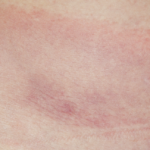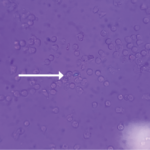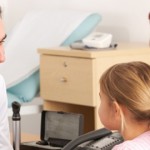NEW YORK (Reuters Health)—Adding to earlier evidence, a new study finds kids with septic arthritis who are treated with dexamethasone recover faster.
“We expected these results based on our previous randomized double-blind controlled study,” Dr. Itay Fogel from Schneider Children’s Medical Center of Israel and Tel Aviv University told Reuters Health by email. “However, the present study that included a large number of children is an important reassurance that the principle of combining antibiotic treatment with anti-inflammatory medication is of benefit to the treatment of children suffering from septic arthritis.”
In an earlier randomized trial, Dr. Fogel’s team showed that dexamethasone as adjuvant therapy brought significant clinical and laboratory improvement, shortened the duration of hospitalization, and accelerated recovery in children with septic arthritis.
Their current retrospective study sought to evaluate the same approach in children with septic arthritis outside a randomized controlled trial.
Ninety children were treated with antibiotics alone, and 26 patients received antibiotics plus intravenous dexamethasone 0.15 mg/kg every six hours for 16 consecutive doses.
Children treated with antibiotics plus dexamethasone had significantly shorter duration of fever (2.3 vs. 3.9 days), shorter time to full recovery (6.3 vs. 10.0 days), shorter time to a decrease in C-reactive protein level to below 1 mg/dL (5.3 vs. 8.4 days), shorter duration of intravenous antibiotic treatment (7.1 vs. 11.4 days), and shorter hospital stay (8.0 vs. 10.7 days).
The total duration of antibiotic therapy did not differ significantly between the groups, the researchers report in Pediatrics, online Sept. 7.
“The new principle of adding corticosteroids to antibiotic should be carefully studied and evaluated for other infectious diseases in children such as pneumonia, pyelonephritis and bacterial lymphadenitis,” Dr. Fogel said.
He added, “We should be cautious in generalizing the efficacy of this treatment for all cases of septic arthritis. Our study did not include cases with MRSA as the pathogen of septic arthritis. Further studies that include cases with community-acquired MRSA should be performed in North America before it becomes the standard of care.”
“Further studies are needed to examine possible long-term sequelae in children treated with antibiotics with or without adjunctive dexamethasone,” the researchers note.



